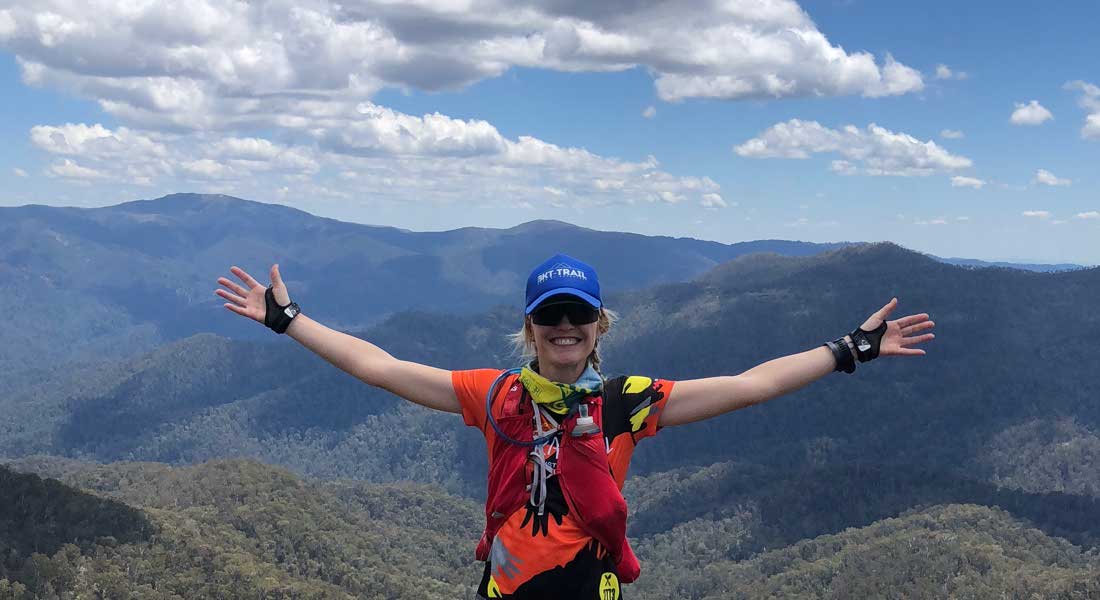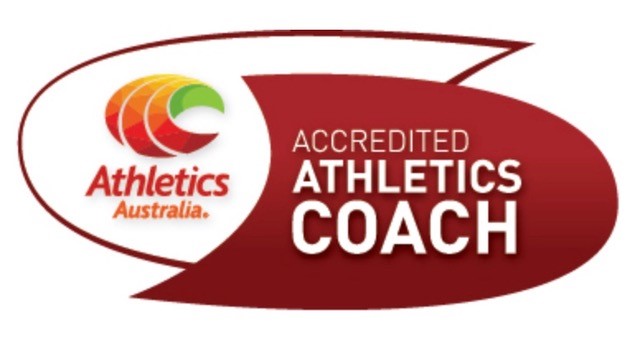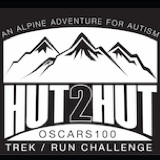How to deal with an injury
…..that temporarily suspends your training routine
It’s a tough gig when you as an athlete get injured as we like to think injuries always happen to someone else. My training is solid, balanced and sensible with a load that limits time out from what I love the most; but over the course of a year or two, bodies can reach a threshold and something gets tipped over the edge; for me that was my right Achilles.
On the 19thOctober, 2018 the day before Blackall100 I felt a sharp pain down the back of my right leg near the heel, I recall feeling this pain before but it always went as quick as it came so I didn’t think too much of it but something about this pain felt different. Not sure if it was because it was so close to a race or deep down the mind knew something the body was yet to realise; this was the start of an injury that five months later would still be plaguing me.
Make Human Contact
When something goes wrong with your body you tend to put fingers to keyboard and search Dr Google for a prognosis. This can lead you down a rabbit’s hole for hours only to end with the conclusion that you have an incurable disease and that requires you to a) have a transplant or b) have a limb amputated.
When I read on social media or speak to someone about an injury the first words of advice are, go see a medical professional as soon as you possibly can. Research has shown that stress can worsen an injury and without an informed and professional diagnosis, we do nothing but stress (and no Dr Google does not help limit this).
The route I took to ensure my fears were quantifiable was to see professionals who were able to tell me exactly what it was I was dealing with and give me rehab exercises to ensure I limited further risk and most importantly ensuring I was doing all I could to support and aid recovery.
For me the key people of interest in my rehab were/are:
Hannah Geelan – Total Balance Physio
Matt Chamberlain – The Melbourne Sports Centre
Mary Maryanovsky – Foot Imprint Podiatry
Matt Green – Myolab
Kellie Emmerson – Coach, UP Coaching
Melinda Lesueur – PT, Trewhealth
Nutty Mr Maple – Loving Earth Raw Chocolate
OK so the last one was a bit of an indulgence on my behalf but absolutely necessary especially as my mental state has taken a bit of a hit due to not being able to feel or perform at the level I expect of myself.
‘A’ is for ‘A LOT’ of Exercises
How do you help an injury along? Rehab exercises. There is nothing worse for a physician when they give you homework to do outside of your appointment and you turn up next week and haven’t put in the time; how do you expect to propel recovery when you don’t put in the time? This is a lesson you learn the hard way; you need to put in the time and effort to rep the rewards. The exercises I am working my way through include:
Calf raises (with & without weight)
Smith machine raises with weight
Double leg hop progressing into single leg
Big toe exercises
Glute med exercises which include side lateral raise, single leg deadlift
Squats jumps
Side Ski jumps
Why does it hurt more when I run?
When running the load on your joints increase by 10 compared to walking where the load is around 1. With this in mind it only makes sense that my achillies is going to feel the effects of load when I run. This is what makes this injury even more frustrating; trying to find the balance of load to help repair the injury not aggravate it further. The key is also, not to stop running, these types of injuries don’t like sudden change.
Mind Over Matter
“Sometimes you’ve got to go through hell to get to heaven.” ― Dean Karnazes
Despite my body letting me down my mind hasn’t, although it’s a constant fight. I can’t let this injury get me down, sure it’s going to test me but I believe this is also a phase of training, everything happens for a reason, right? The reality of it is, this injury could be worse but the hardest thing about this is you just don’t know how long it’s going to be around for – there are no set timelines for this.
When you can’t run (as much as you normally do)
I’m not the greatest of individuals when it comes to having to change the program up; the problem is, I can’t sit still. But what injuries allow me to do and do it well is cross train. In the past when I have had injuries; ITB, SIJ to name a few I have explored classes such as:
Pilates reformer
Barre
Yoga
Bikrim Yoga
Spin
TRX
And lately what I have found very effective; deep water running. This class allows me to enhance training using the water’s resistance to build strength and speed all the while improving circulation to the injured body part. Deep water running not only works your legs but your core & arms, it’s a full body work out and after an hour class, I can feel every bit of it.
Its these classes that help settle the nerves and fear that stop me thinking that I am losing fitness and form. I keep reminding myself that I need to trust that I am doing everything to continue to challenge my form despite not moving in my normal running ways.
Neurological Mechanics
Next on the list to explore and try is the Alter G Anti-Gravity treadmill which helps lift force by reducing impact, pain and effort. This machine also helps the mind providing an environment that is controlled and safe supporting motor learning, something that is required when coming out of an injury phase.
This is what deep-water running is doing also; I need to help change the neurological path ways because now they are comfortable with the injury, they brace themselves for the pain every time I get out of bed, I get up off a chair or even when I start to jog/run. I am beginning to ask myself ‘is the pain really there or have I just become so comfortable with it that I expect it be there all the time?”
I don’t want to be comfortable with pain, I don’t want to accept it – this is not my new normal. I want my old normal back. I need to work through the steps to reduce pain but I also need to re train the brain to not think the pain is always present in that Achilles area; this is harder than all the rehab exercises combined.
Time to quieten down the mind
Listening to other people’s experiences and those of the professionals have helped me not to feel so isolated. I have found a few podcasts that are a recommended worthy listen:
Hanny Allston
#39 Learning to Understand Pain with Isa Dreyer
Link: hannyallston.com.au/isa-dreyer
Rich Roll
#378 Eduardo Garcia
Link: richroll.com/podcast/eduardo-garcia
Human Potential Ultra Stories
#53 Nancy Muir and Running with hip dysplasia
Link: humanpotentialrunning.com-nancy-muir
Fastest Known Time (FKT)
#1 Tony Krupicka
Link: fastestknowntime.com/tony-krupicka
Verbal Repetition
Injuries play on your mind like a long weekend at Coachella; the noise never stops. The constant checking in, evaluating and accessing affect your subconscious mind with its inner verbal repetition however it’s what you do the quieten the mind that matters.
You can’t sit still when you have an injury (unless you can’t stand on your two legs), you need to keep moving forward finding the right load and you have to do what is recommended to you by those who have your back. There is no magic pill or remedy other than patience, time, exercises and trust. It’s a long road but a road that worth travelling because sometimes there is nothing like an injury to help stoke the fire in your belly!











Leave a Reply